Culture & Travel
26 August 2023The ancient city of Baalbek has earned its place in the annals of history as a crossroads where the cultural beliefs of the Mediterranean Phoenicians and Romans intertwined. Situated in the Beqaa Valley in eastern Lebanon, this historic city is hailed as "the most magnificent temple city in the world." Frequented by Roman Emperors and held in high esteem by the Romans, Baalbek has managed to retain its rich history over the ages. The city's temples were consecrated to Roman emperors and catered to various faiths.
Baalbek has passed through the hands of different civilizations throughout its millennia-spanning history, and today, it proudly boasts the status of a UNESCO World Heritage Site. Despite its history being marred by wars, Baalbek continues to captivate with its awe-inspiring structures and colossal stones, while the enigmatic underground mazes add an extra layer of intrigue to the city. For those who seek to delve into its history, this ancient city offers an impressive opportunity to journey through time. And the best part? No need for a visa!
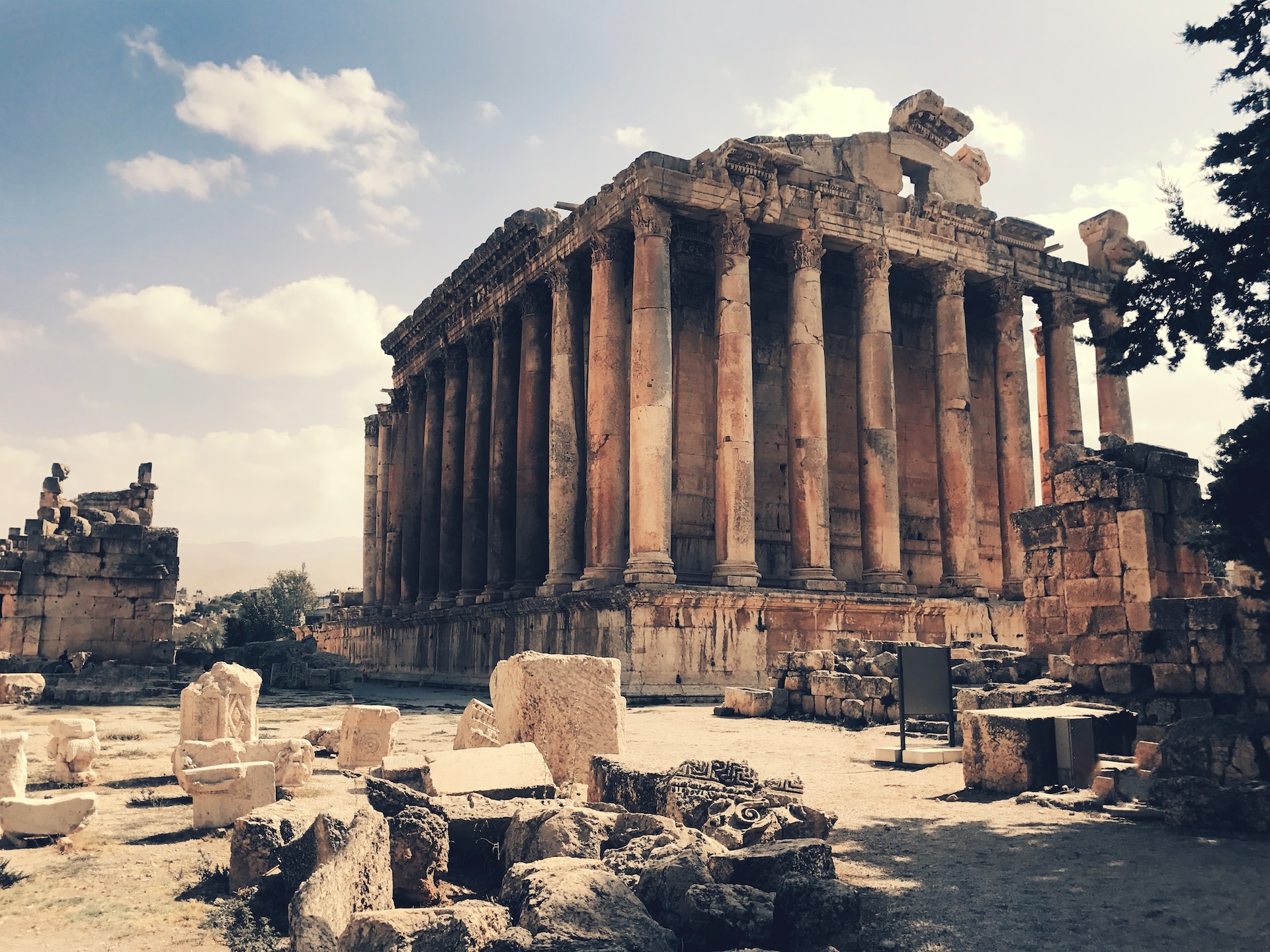
Historical Background
Baalbek is an ancient city with origins dating back as far as 9000 BC. Revered as a sacred site by the adherents of the Queen of Heaven in Phoenician beliefs, Baalbek housed a grand temple erected in the heart of the city in honor of Astarte and Baal. The remnants of this temple are concealed beneath the present-day Roman Temple of Jupiter Baal. The city of Baalbek also finds mention in the Bible as a place of grandiose sacrifices to the Canaanite fertility deity Baal.
Subsequently, the Greeks made their contributions to the temples and christened the city as "Heliopolis," or the "City of the Sun." The Romans adopted the city as a strategic hub and, after an extensive construction period spanning 250 years, transformed it into an opulent temple complex featuring shrines dedicated to Venus, Jupiter, Bacchus, and Mercury. While certain sections suffered destruction due to the rise of Christianity and the influence of the Roman Empire, others, including the Temple of Bacchus, managed to stand the test of time. Up until 637 AD, the temples served as Christian places of worship, but this shifted with the advent of the Muslim Arabs.
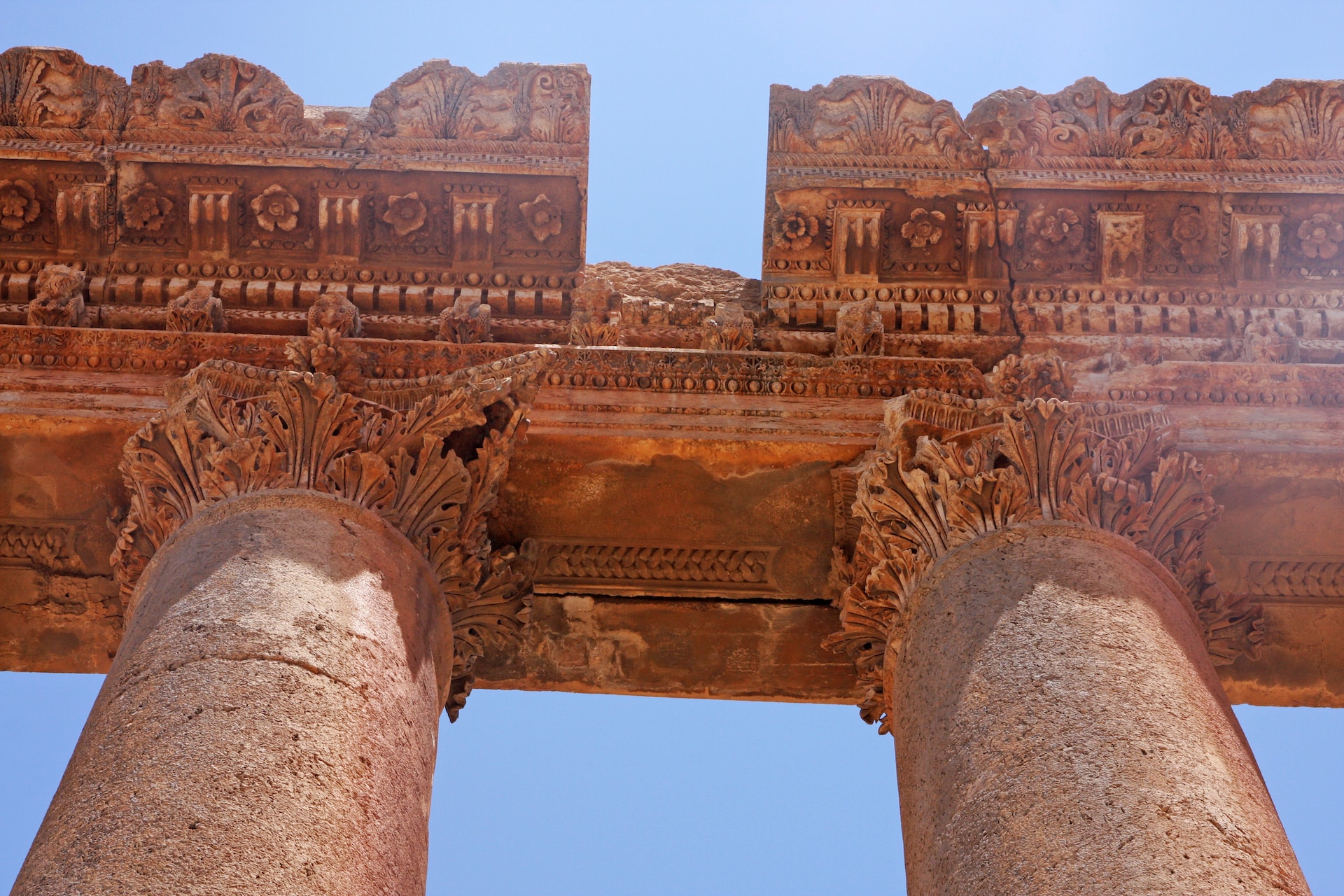
Following their triumph over Byzantium, the Muslim ruler rechristened the city as "Al-Qalaa," signifying "the fortress," and fortified the temples for defensive purposes. Subsequently, the city lost its privileged status, and a considerable portion of the temples fell into ruin. It wasn't until German archaeologists conducted excavations in 1898 that Baalbek was safeguarded and conserved for future generations with the collaboration of international teams.
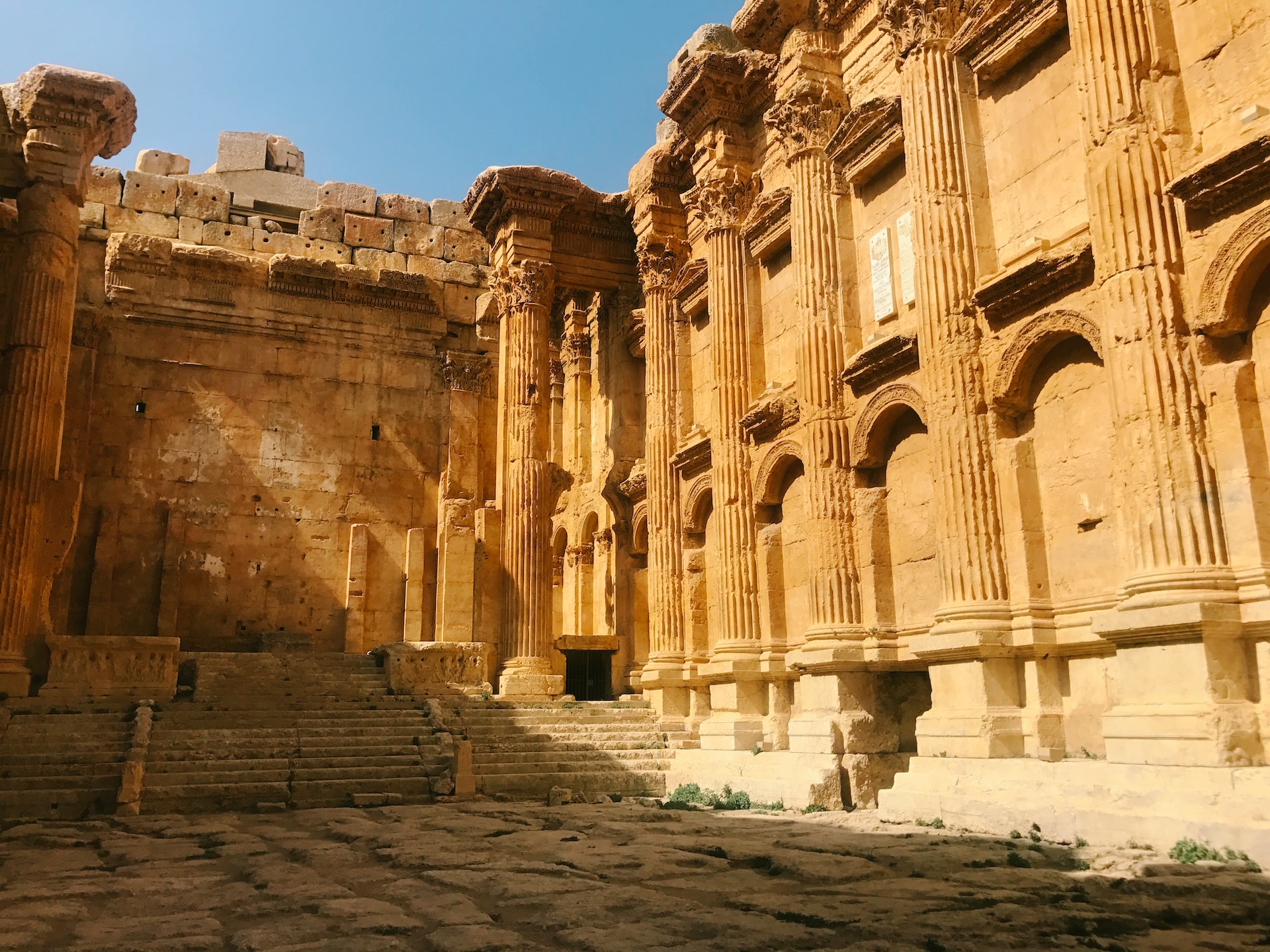
Places to Check Out
Pregnant Woman Stone - Hajar al-Hibla
The Pregnant Woman Stone, or "Hajar al-Hibla" as it's locally known, stands as a colossal stone block at the entrance of the ancient city of Baalbek. What truly distinguishes this stone block is its immense size. Hajar al-Hibla weighs an estimated 1,000 tons, making it one of the largest stone blocks in the world hewn by human hands. The method behind shaping and moving this massive stone in ancient times remains an enigma.
Venus Temple
Even before stepping into the ancient city, you'll encounter the Venus Temple, constructed in the third century. This temple was a tribute to Venus, the goddess of fertility. According to legend, it was later transformed into a church dedicated to St. Barbara, the daughter of a prominent leader from Heliopolis. The temple boasts a circular design and rests on a horseshoe-shaped platform with a square entrance. Niche embellishments featuring pigeons and seashells link the temple to Venus. Adjacent to it stands an incomplete "Temple of the Muses."
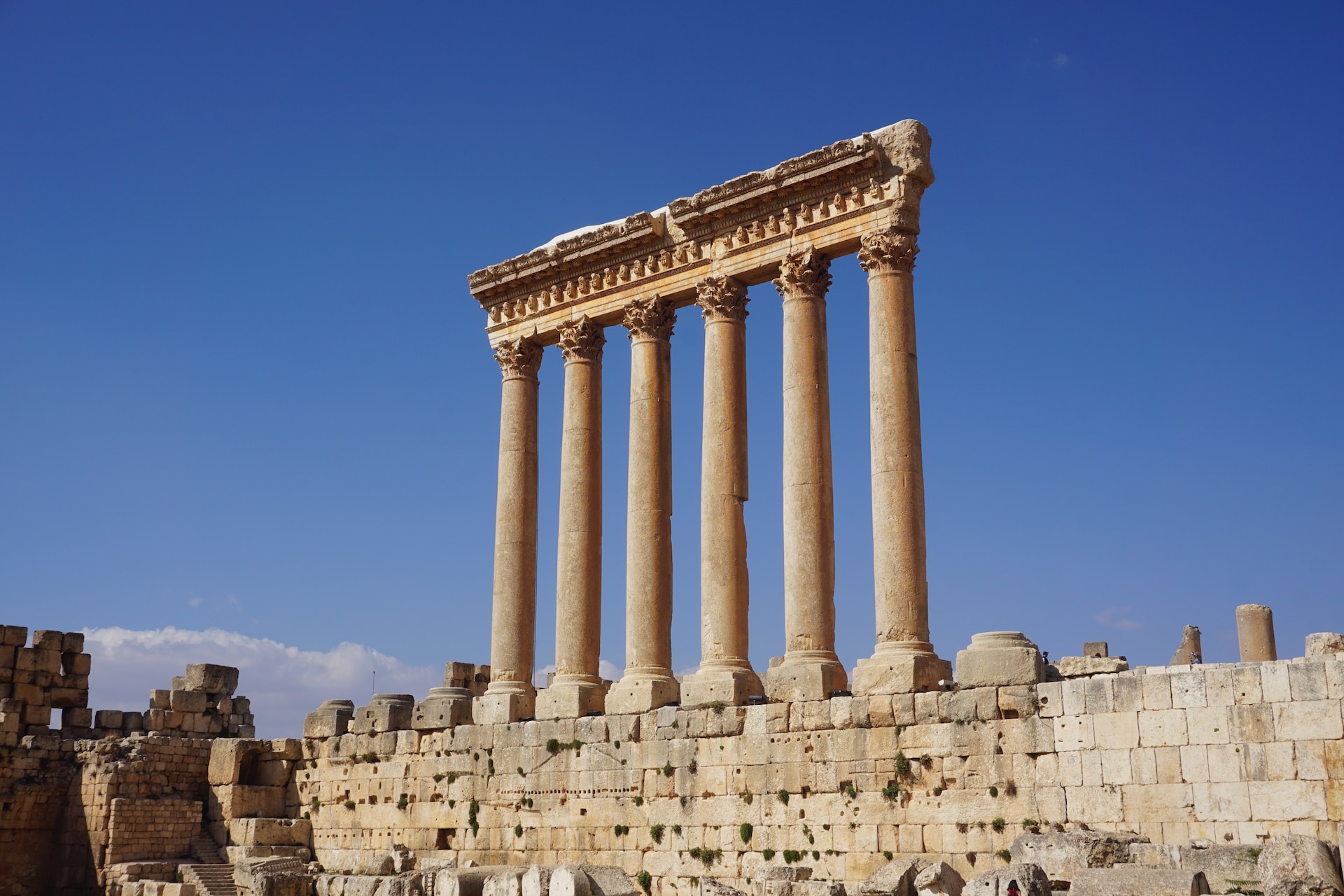
Jupiter Temple
Dominating the heart of Baalbek, the Jupiter Temple ranks as the city's largest temple. Boasting 84 colossal columns and soaring 22 meters high, these massive columns hold the distinction of being the tallest in the world; however, only six remain standing today. Constructed using 300-ton stones transported from Egypt, the method behind moving and crafting these immense stones for temple construction remains a puzzle. This ancient structure is captivating not only due to its scale but also the enigmatic engineering behind it.
Bacchus Temple
The tale of the Bacchus Temple starts in 1898 when German archaeologists embarked on research in the ancient city with the approval of the Ottoman Empire. Following this event, the German King Wilhelm II and the Ottoman Sultan Abdülhamit II paid visits to the temple. To commemorate these visits, marble slabs etched with their emblems were affixed to the temple walls. These marble slabs can still be observed on the Bacchus Temple's walls. The temple spans 18 meters and boasts 46 impressive columns. The roof's stones remain intact, showcasing the structure's durability.
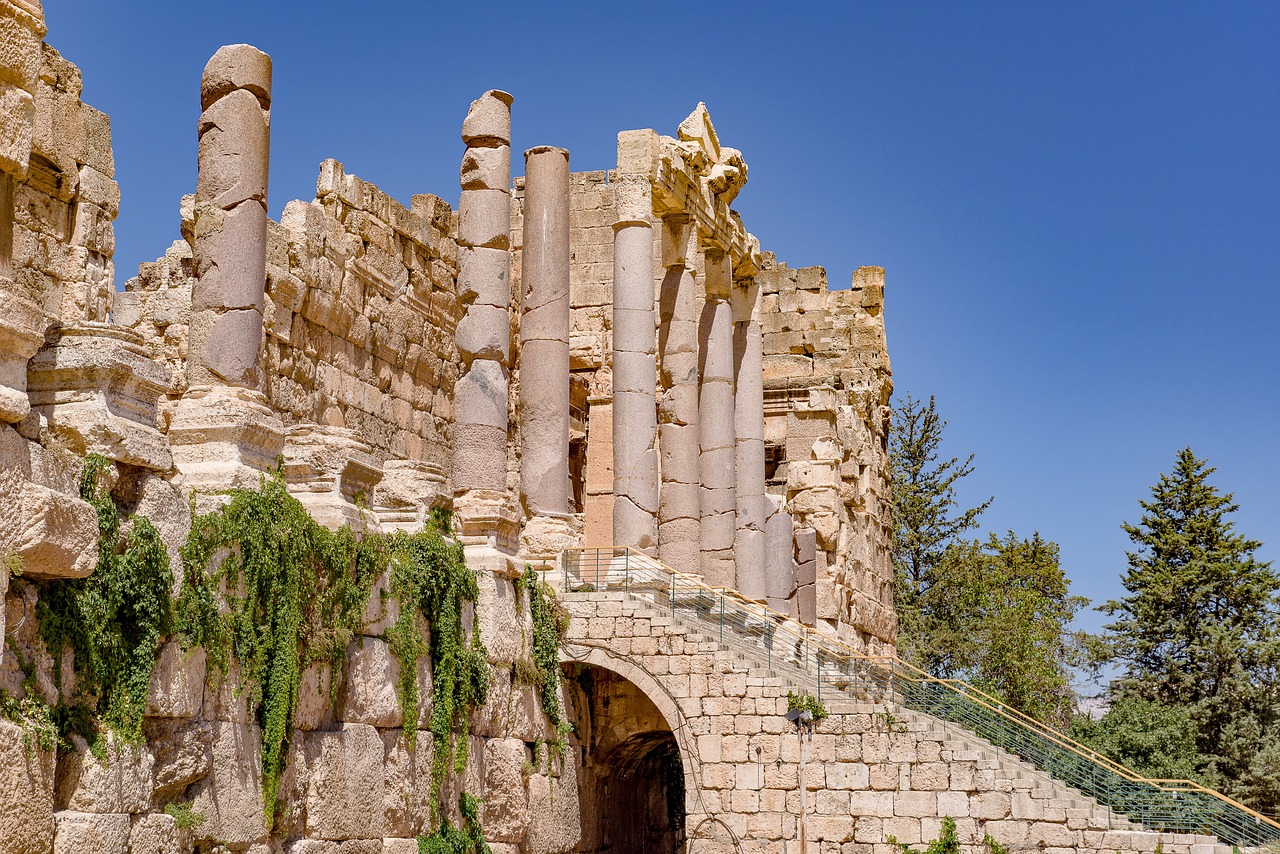
Tomb of Sayyida Khawla
The Mausoleum of Sayyida Khawla, devoted to Sayyida Khawla, daughter of Imam Hussein and great-granddaughter of Hz, Muhammad, stands at the entrance of Baalbek. This mosque and mausoleum captivate visitors with their sanctity and architectural charm.
In addition to the three renowned temples, Baalbek features monumental staircases, columns, courtyards, and other edifices that mirror the city's significance and grandeur in ancient eras. Traces of diverse cultures are evident at various spots in Baalbek, which has been a home to various civilizations including the Phoenicians, Egyptians, Roman Empire, and Byzantine Empire. We wholeheartedly recommend all travelers to Lebanon to explore Baalbek, situated 86 kilometers from Beirut. Wishing you an incredible journey!

